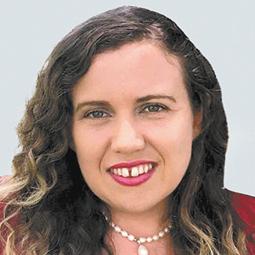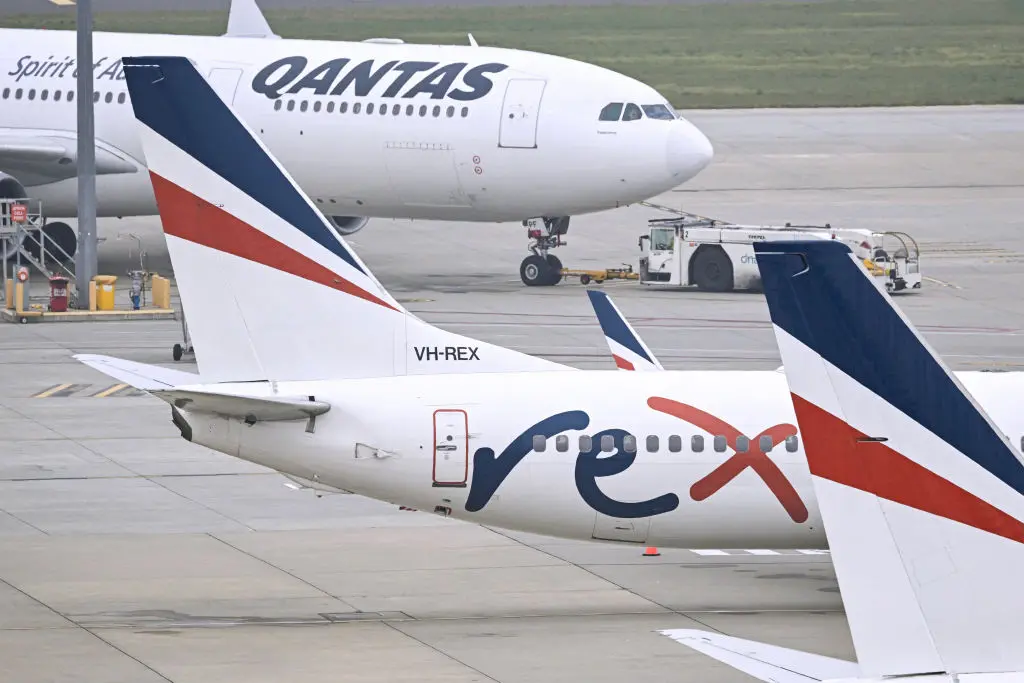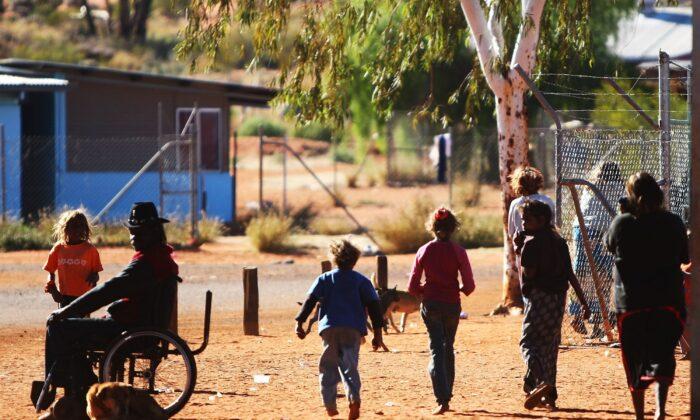The Feb. 8 by-elections in Victoria for the seats of Prahran and Werribee was remarkable for the long-struggling Liberal opposition, but humbling for the incumbent Labor government, and the left-wing Greens.
Despite the seats having vastly different profiles and voter demographics, both told a similar tale—tough times ahead for left-leaning parties in Australia.
Vote counting issues have marred the western outer suburban seat of Werribee, comprised of migrant communities and the working class. The seat was held by former Treasurer Tim Pallas and has been a Labor stronghold since 1979.
Yet as of counting on Feb. 14, the Victorian Electoral Commission recorded a massive 16.6 percent swing away from Labor on its primary vote, and 10.3 percent after preferences have been counted.
Labor’s John Lister managed to hold the seat by the narrowest of margins at 50.71 percent over Liberal candidate Steve Murphy on 49.29 percent in the two-candidate preferred vote.
Meanwhile, the inner-city seat of Prahran told a different story, but the result was similar.
The electorate lies east of the CBD and near the popular St. Kilda beach. It is home to young or affluent voters, and has been held by the Greens since 2014.
With 64.30 percent of votes counted, Liberal candidate Rachel Westaway was ahead on 51.60 percent of the two-candidate preferred vote, while the Greens’ Angelica Di Camillo sat on 48.40 percent.
Cost of Living Still Number 1
Griffith University political expert Paul Williams said at the next federal election, Labor will come out swinging on everything the party believes it has achieved to deal with cost of living, while the Coalition will hit back on everything it believes could have been done better.Not a Death Knell for Labor Federally
Williams says average Australians are not clear on what comprises the “left” or “right” when it comes to politics, and are more concerned about issues directly relevant to their own lives.He says if an election was held in Tasmania tomorrow, the Liberal government would likely lose instead due to issues with crime.
“We’re living in an anti-incumbent environment,” Williams told The Epoch Times.
Will that sentiment extend to the ultimate incumbent, Prime Minister Anthony Albanese?

Maybe, but Williams still believes he could win by a slim margin and that margin could depend on Albanese’s dealings with U.S. President Donald Trump.
Trump has already deemed Albanese a “very fine man” and if his admiration for the prime minister breaks through proposed tariffs, it might just prompt a second term for the Labor leader.
While Williams believes Albanese has “squandered his political capital,” he think there’s enough wriggle room for a mini-redemption arc.
“If he can win that exemption [on Trump’s proposed tariffs on Australian steel and aluminium], he'll be a hero,” he said.
Trust in Two Parties Still Lukewarm
While voters were dissatisfied with the incumbent, they were not entirely convinced with the alternative Liberal Party either.Both by-election results saw independent candidates swoop up a large portion of votes, with many eventually funnelling it to the Liberal Party.
Former Labor Prahran MP Tony Lupton, now running as an independent, obtained a 12 percent primary vote, and independent Nathan Chisholm took 5.3 percent. The Liberal Party recorded a 5.2 percent increase in its primary vote.
Coalition Suburban Drive to Continue
Since 2022, sensing the shifting voter sentiment and Labor’s increasing detachment from its traditional working class voter base, the Liberal Party will likely be encouraged by the result and will hope it can shave seats off federal Labor at the next election.However, it will need to overcome the trust gap and bridge the divide between independent candidates or right-wing parties like One Nation.
Expect more policies targeting up and coming working class families and small business owners.

Greens Failing to Progress in Progressive Electorate
The Greens vote remained steady in Prahran only sliding 0.2 percent.Williams says this suggests voters have not rejected the party.
The minor party has had to hose down expectations after 2024 saw it record similar results across three other elections.
The ‘Vibe’ Has Shifted Whether Voters Know it or Not
Graham Young of the Australian Institute of Progress cited historian Sir Niall Fergusson saying Australia was undergoing a “vibe shift.”Young said the by-election was a “shift away from the authoritarian, command and control politics of the former Premier Daniel Andrews era.”
“It also manifested itself in The Voice referendum which was rejected in Victoria, the most left-wing of Australian states,” Young told The Epoch Times.
The growing positivity sentiment towards developing a local civilian nuclear energy—long a political poison in Australia—would also seem to suggest a broader shift in the zeitgeist.
“But there would also have been a very strong cost-of-living effect, as there was in the last Queensland election, and the two by-elections that preceded it where the results were just as shocking for Labor.
Expect the Same Political Tactics to Play Out Federally
Williams argues that while the Victorian by-elections are not a crystal ball, what can be seen is the influence of the October Queensland election, where a small target strategy—focusing on crime and inflation—became the battleground of choice for the opposition.Small target strategies work by avoiding controversy and ostentatious suggestions, essentially taking ammunition away from the other side by deliberately not revealing too much. It’s a tactic that works when “anti-incumbency” is in the air.
Prime Minister Albanese deployed it, Queensland leader David Crisafulli used it, and so will federal Opposition Leader Peter Dutton, according to Williams.
Williams says Dutton will draw “a lot of inspiration” from the LNP’s successful campaign in Labor waters, a point Young echoed.
“The results [of the Victorian by-elections] will encourage Peter Dutton to keep doing what he is doing, and we are already seeing Anthony Albanese emulating Queensland Labor, just before their last election, attempting to bribe voters into supporting him and wedging the opposition,” he said.
What if Daniel Andrews Was Still in Charge?
Could there have been a different outcome if the three-term Labor Premier Daniel Andrews was still in power?Most likely not, according to Williams, who said Andrews had lost his appeal during the pandemic.
While office workers were satisfied with working from home, tradespeople and small business owners felt the crunch from lockdowns, costing Andrews his appeal.
“From COVID on, he would have lost his mojo and never recovered,” Williams said.
Young said the presence of Andrews may have made the situation worse for Labor.
“The result probably would have been worse if Andrews had still been in power, but not by a lot,” he said.
“The history of changing leaders because the previous one was hugely unpopular in an effort to win an election is that it very rarely succeeds.
“I remember replacing former Labor Premier John Cain Jr. with Joan Kirner looked like being successful, until it wasn’t, delivering [Liberal] Jeff Kennett a thumping victory.”









